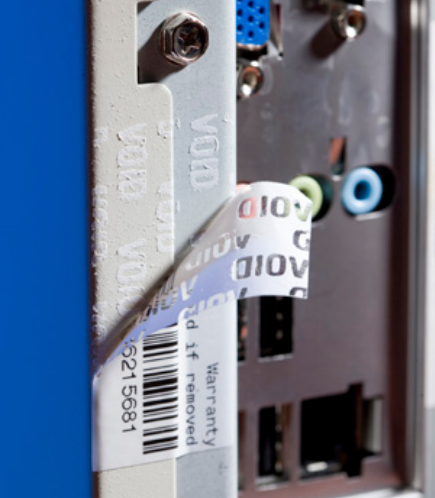Top Ten Reasons Retailers Upgrade to Area-Imagers
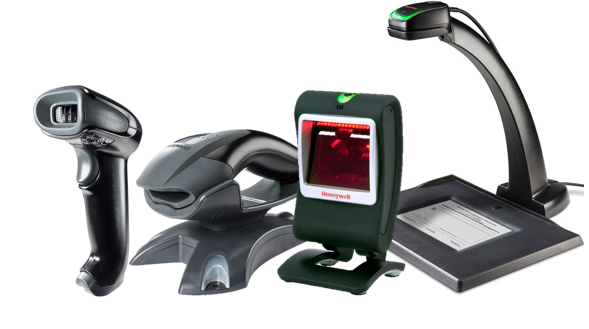 Traditional laser scanners read linear bar codes at the point-of-sale—a technology that greatly simplified checkout. But today’s highly developed area-imaging scanners enable greater capability and flexibility, putting far more productivity into the hands of retail employees and allowing for revenue-generating mobile marketing initiatives.
Traditional laser scanners read linear bar codes at the point-of-sale—a technology that greatly simplified checkout. But today’s highly developed area-imaging scanners enable greater capability and flexibility, putting far more productivity into the hands of retail employees and allowing for revenue-generating mobile marketing initiatives.
With these advantages, it’s no wonder VDC’s 2013 Report forecasts area-imaging scanners sales to grow at a rate of 13.4% for the next three years, compared to the expected 7.3% decline for laser-based scanners over the time period. Imaging technology is firmly established as a cost-effective, durable, technologically capable alternative to laser-based systems. Plus, imagers are capable of supporting retailer’s mobile marketing programs, capturing mobile coupons right off customers’ smartphone screens or automatically collecting their information from ID cards for loyalty program auto-enrollment. Continue reading »
The Benefits of Mobile POS for Restaurants
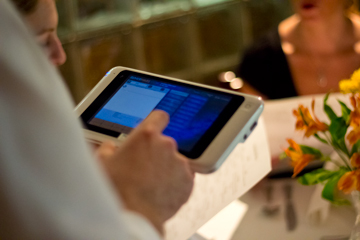 With restaurateurs searching for new and innovative ways to make their businesses more efficient, many are turning to technology to impact their bottom line. One of the latest technology trends gaining momentum in the restaurant industry is the use of mobile point of sale (POS) solutions. With the increased popularity of wireless networking and the decreased cost of mobile computing devices, such as tablets and smart phones, more businesses are adopting mobile solutions. In the hospitality environment, a mobile POS solution enables wait staff to perform all the basic functionality of your stationary POS system while also adding a few new benefits. A mobile POS solution enables wait staff to greatly improve efficiency by taking orders, busting lines, and processing payments tableside.
With restaurateurs searching for new and innovative ways to make their businesses more efficient, many are turning to technology to impact their bottom line. One of the latest technology trends gaining momentum in the restaurant industry is the use of mobile point of sale (POS) solutions. With the increased popularity of wireless networking and the decreased cost of mobile computing devices, such as tablets and smart phones, more businesses are adopting mobile solutions. In the hospitality environment, a mobile POS solution enables wait staff to perform all the basic functionality of your stationary POS system while also adding a few new benefits. A mobile POS solution enables wait staff to greatly improve efficiency by taking orders, busting lines, and processing payments tableside.
Label Features to Solve Common Retail Problems
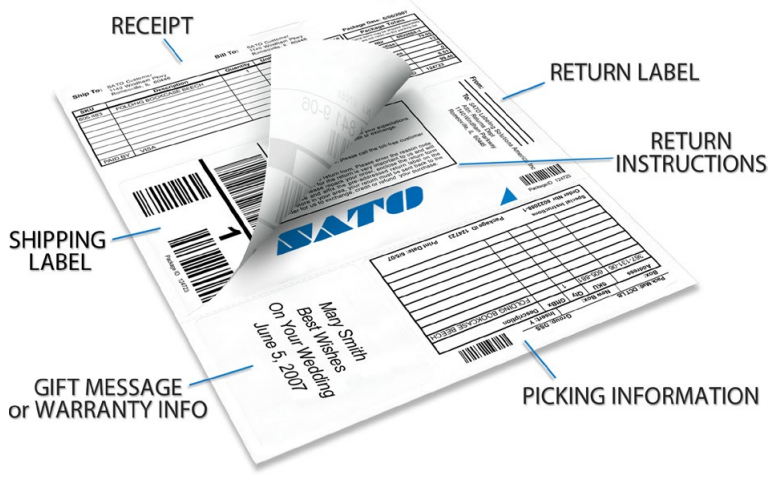 Most people don’t realize how many choices there are when it comes to designing a label or tag. Even the simplest of features can be cost-effective and can make a big impact in improving the overall retail store environment from back-office to customer experience.This white paper focuses on several features that can reduce shrink and improve customer satisfaction.
Most people don’t realize how many choices there are when it comes to designing a label or tag. Even the simplest of features can be cost-effective and can make a big impact in improving the overall retail store environment from back-office to customer experience.This white paper focuses on several features that can reduce shrink and improve customer satisfaction.
Shrink Management
To cut back on stolen merchandise, retailers are often required to implement expensive solutions like EAS (Electronic Article Surveillance) systems and trained security. However, there are less expense ways to deter theft.
Item Intelligence & The Shopper’s Journey
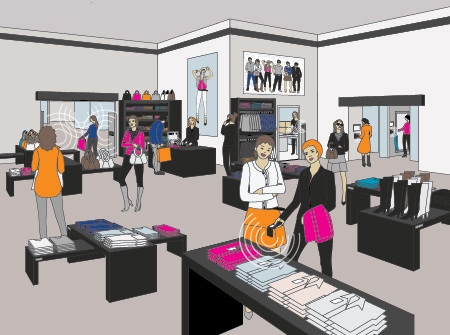 For brick and mortar retailers to stay competitive in today’s ever-changing retail landscape, they must begin to use powerful in-store technologies that enable the management of store inventory assets, the creation of engaging digital customer experiences, and the collection of valuable data.
For brick and mortar retailers to stay competitive in today’s ever-changing retail landscape, they must begin to use powerful in-store technologies that enable the management of store inventory assets, the creation of engaging digital customer experiences, and the collection of valuable data.
Engaging customer experiences can be implemented at all steps of the buying journey. While the traditional shopper’s journey has followed a path of go, search, learn, try, buy and get, the shift to omni-channel retailing and the rise of mobile device shopping has allowed each shopper’s journey to become unique and personal. Because of this, retailers must now integrate digital experiences into physical locations, keeping customers engaged while shopping in store and enabling the collection of data, much like the data collected when customers visit an eCommerce website. To do this, retailers must introduce Item Intelligence into their business strategy.
Mobile Device Convergence in Healthcare
 Smartphones have transformed the way healthcare providers communicate, and these mobile devices are poised to revolutionize the way hospitals deliver care in 2014 and beyond.
Smartphones have transformed the way healthcare providers communicate, and these mobile devices are poised to revolutionize the way hospitals deliver care in 2014 and beyond.
Texting long ago surpassed voice calls as the favored method of communication among the general population, and it is rapidly gaining favor in hospitals. Doctors and nurses already exchange patient related texts on their own personal phones at many facilities, and as more hospitals issue mobile devices to employees, the ability to communicate quickly and access and update patient data on the move has become a critical function.
Deploying mobile, flexible, and reliable IT tools to caregivers is a top priority for provider organizations that not only need to meet new regulatory and technology requirements, but want to do so efficiently. At Cedars-Sinai Hospital in California, for example, the combination of smartphones and a new software solution to help prioritize alarms resulted in faster response times for emergency conditions, and a 50 percent reduction in overhead pages. Laboratory values are received 10 minutes faster and nurses are able to spend more time at the bedsides of patients who require their attention, according to a case study published by the Robert Wood Johnson Foundation.
Five Things to Consider When Using Tablet Computers in Forklift Applications
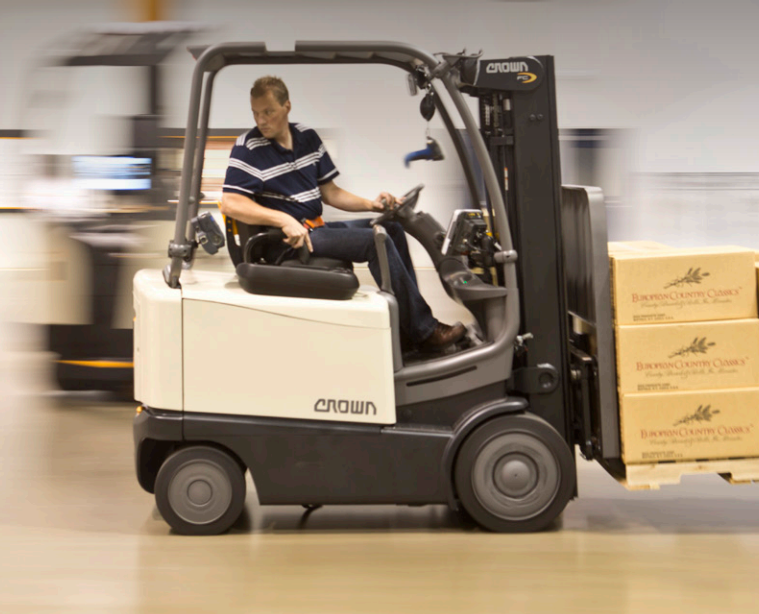 Why Tablets and Purpose Built Forklift Mounted Computers Are Not Interchangeable
Why Tablets and Purpose Built Forklift Mounted Computers Are Not Interchangeable
Tablet computing is one of the fastest-growing categories of consumer electronics and enterprise IT alike. The buzz is leading many businesses to explore new uses for tablet computers, and some are finding their way into evaluation trials on forklifts and other vehicle applications in the distribution center. With their large screens and available Windows operating systems, tablets can seem quite similar to the forklift-mounted computers that are widely used today. They can also be taken off the forklift and used on the floor, which some organizations find intriguing.
However, tablets should not be considered drop-in replacements for purpose-built forklift mounted terminals because there are several major differences between the product categories. If you are considering using tablet computers on forklifts, it is important to know these differences and how they may impact operations. Careful evaluation will highlight compromises in integration and everyday use.
How to Select a Receipt Printer for Mobile POS
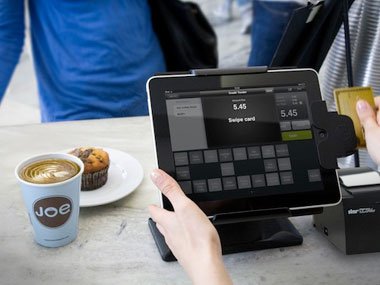 Is your restaurant or retail store ahead of the technology curve?
Is your restaurant or retail store ahead of the technology curve?
Be honest – is it even close?
In this day and age, customers expect to see their favorite restaurants and stores using technologies similar to the ones they use on a daily basis. That’s why today’s top retailers and restaurateurs are turning to tablets and Apple iPads to run their businesses.
In 2014, this concept of mobile point of sale (POS) is very flexible. Mobile elements, such as mobile POS devices and mobile POS printers, can be mixed and matched with your existing assets to accommodate your specific business and/or budget needs. Mobile POS can include:
- A mobile device secured on a stand, integrated with a stationary printer and cash drawer
- A mobile device integrated with a magnetic stripe reader and a portable printer
Advantages of PCL-Enabled Thermal Barcode Printers in Distribution & Transportation: Cutting out the Middleware
 Introduction
Introduction
PCL easily integrates to existing software, therefore, the cost of maintenance is lower and eliminates the need for middleware. This white paper to explores the advantages of PCL-enabled thermal barcode printers.
Starting with the basics, barcode technology has a heavy impact on the distribution and transportation industry. The barcode industry benefits not only employees who handle over thousands of packages every day, but customers, who ship those packages. The use of barcodes in these two industries allows daily supply chain activities to be streamlined, therefore, reducing complexity and simplifying the communication between channels. An added benefit of using barcode printers for these activities is the security of using Printer Control Language.
Dedicated Operating System for AIDC?
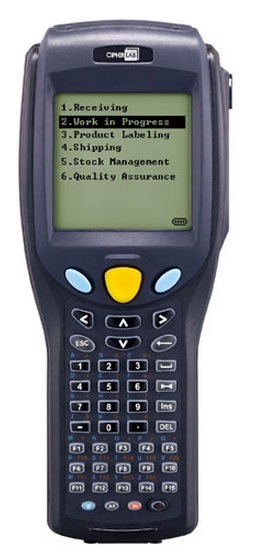 Automatic identification and data capture (AIDC) and the technologies surrounding it have become commonplace on warehouse floors and in supply chains throughout the world. From convenience stores to major supermarkets or from global shipping centers to your local post office, chances are you’ve seen a handheld device that can instantly scan and share information through phone lines or through a wireless connection.
Automatic identification and data capture (AIDC) and the technologies surrounding it have become commonplace on warehouse floors and in supply chains throughout the world. From convenience stores to major supermarkets or from global shipping centers to your local post office, chances are you’ve seen a handheld device that can instantly scan and share information through phone lines or through a wireless connection.
When thinking about the operating systems behind these devices, one might come to a conclusion that a single operating system would dominate the installed population. The reality is that there are three major variants that are in use in the AIDC space:
- Legacy Operating System — A platform that continues to be used in spite of its obsolescence and incompatibility with modern equivalents.
- Mobile Device Operating System — A mobile device OS generally built to support functions (keyboards, email, text messaging, etc.) and features commonly available on mobile consumer devices.
- Dedicated Handheld Operating System — A operating system specifically developed to support functions necessary for AIDC use (retail floor, warehouses, manufacturing, etc.).
The Benefits and Advantages of Security Labeling
Brand owners face many challenges in developing and maintaining a positive impression with their customer base. Strategies for product performance, reliability, and value must be carefully developed and flawlessly executed to remain effective. However, counterfeit goods can tarnish positive perception in the marketplace, while gray market redistribution can undermine pricing and profitability. Intermec’s suite of security media products can strengthen defenses against these threats.
Security can have one or several layered attributes to validate chain of custody from a brand owner to the consumer. Serialization from variable information printing, the core of bar code and RFID applications, verifies code synchronization with trading partners. Overt designs convey consumer confidence, while covert features such as small hidden characters or UV fluorescing inks are known only to the brand owner.



